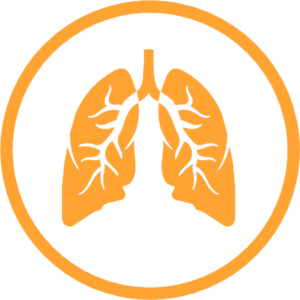Post COVID Rehabilitation

Cognitive Function

Physical Performance

Body Condition

Overall Wellbeing












ReOxy® uses alternating periods of reduced oxygen (hypoxia) with increased oxygen (hyperoxia). This hypoxia simulates what it is like to live in a high altitude low oxygen environment which then stimulates adaptive change in the body.
Our bodies are truly amazing machines capable of changing dynamically to adapt to the environment they are in. When an astronaut goes to space, the weightless environment signals the body that there is no need carry so much muscle mass or bone density. The body is always trying to be as efficient as possible, and so if astronauts do not do their daily exercise routines their bodies would lose muscle and bone.
Similarly to the response a muscle will have to weight training, our bodies have a natural ability adapt to changes in our oxygen environment. This adaptive reaction induces changes within our organs, tissues, and cells to enhance the body’s overall recovery, resilience and performance.
ReOxy® achieves this via it’s patented proprietary method, Interval Hypoxia Hyperoxia Training (IHHT)
One of the body’s main responses to altitude is to stimulate the production of red blood cells. At higher altitudes, where oxygen is less abundant, the body reacts by increasing the production of red blood cells, which are responsible for transporting oxygen to the tissues. This increase in the number of red blood cells results in better oxygenation of the muscles and organs, improving their function and performance.
Altitude encourages the production of antioxidant enzymes. These enzymes act as protective agents against free radicals, which are harmful to cells of the body. By strengthening antioxidant defence mechanisms, the body is better protected against oxidative stress and damage, reducing the risk of cardiovascular diseases such as coronary heart disease and stroke.
Research has also shown that living at altitude can have a beneficial effect on the cardiovascular system. A 2021 study showed that people living at higher altitudes had a lower prevalence of high blood pressure. The researchers were able to attribe this observation to the body’s adaptation to altitude, which leads to improved endothelial function, reduced arterial stiffness and lower peripheral vascular resistance.
Exposure to altitude for a few weeks could also reduce blood pressure in hypertensive individuals. Research suggests that the reduction in blood pressure is due to a reduction in vascular resistance, which improves blood circulation.
Adaptation to altitude stimulates the production of red blood cells, promotes the production of antioxidant enzymes and may even reduce the risk of arterial hypertension.
One of the main benefits of altitude is improved endurance. When exposed to high altitudes the human body adapts to compensate for the reduced oxygen available by increasing our lung capacity. Breathing air that contains lower oxygen levels, our lungs have to work a lot harder to supply the necessary amount of oxygen to our bodies. By working harder this strengthens the respiratory muscles and improves the efficiency of breathing, leading to greater cardio respiratory endurance.
Altitude training is also thought to improve endurance in athletes. Researchers found that participants who trained regularly at altitude showed a significant increase in their aerobic capacity. Meaning, they improvement their ability to store oxygen. Results were measured using endurance tests such as maximum oxygen consumption (VO2max). Additionally, altitude training also showed positive effects on improving exercise capacity at low altitudes.
In addition, the increased physical effort at high altitudes also stimulates muscle strengthening. Physical activities such as hiking, skiing and mountaineering place greater demands on the muscles, as they have to work against gravity and put in extra effort to maintain performance. Living or training at altitude can help to develop greater muscle mass and serves to improve strength and power.
Similarly, a study published in the Journal of Applied Physiology shows that altitude training has beneficial effects on metabolism and fat burning.
The researchers found that altitude training increased energy expenditure at rest and encouraged greater use of fat as an energy source during exercise. These metabolic adaptations may contribute to better weight management and improved body composition.